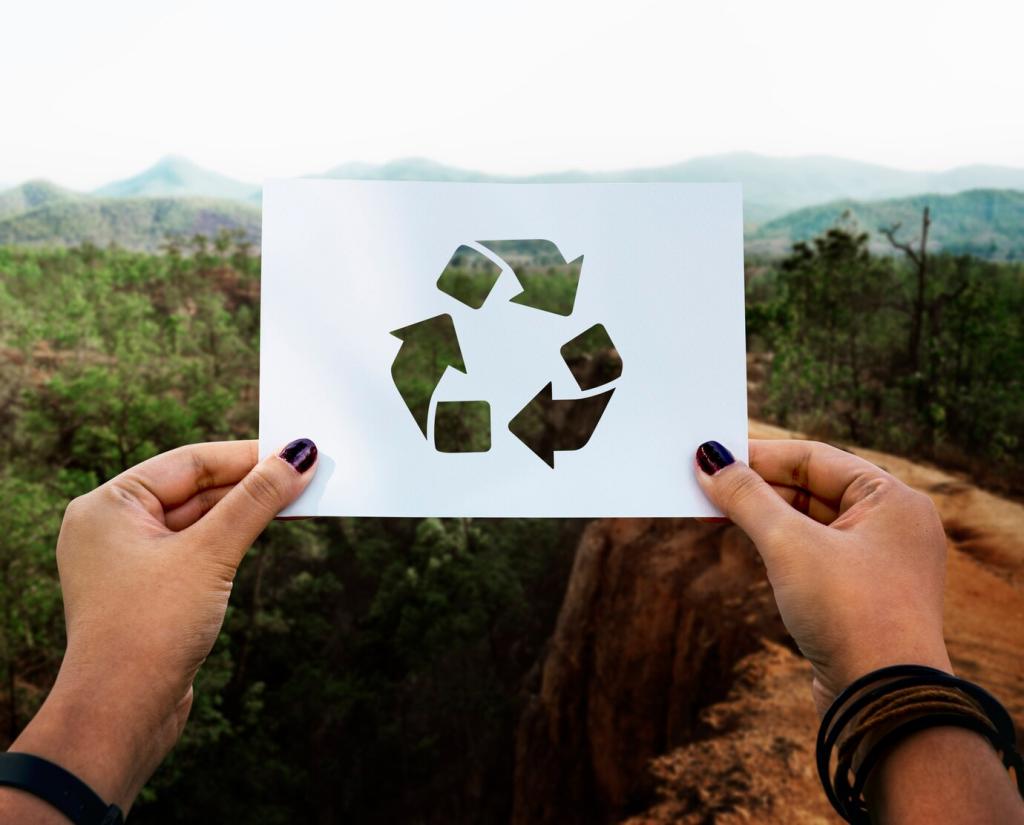Stain-by-Stain Eco Recipes
Rinse with cold water. Pre-soak in cool enzyme solution for thirty minutes. Blot, then wash gently. For grass, add a small baking soda paste to loosen chlorophyll before the enzyme step, preserving color vibrancy beautifully.
Stain-by-Stain Eco Recipes
Blot excess, apply a drop of castile soap or a lipase detergent to the spot, and gently massage with a soft brush. Rinse warm, repeat lightly, and air-dry to verify the stain’s disappearance before final washing.







